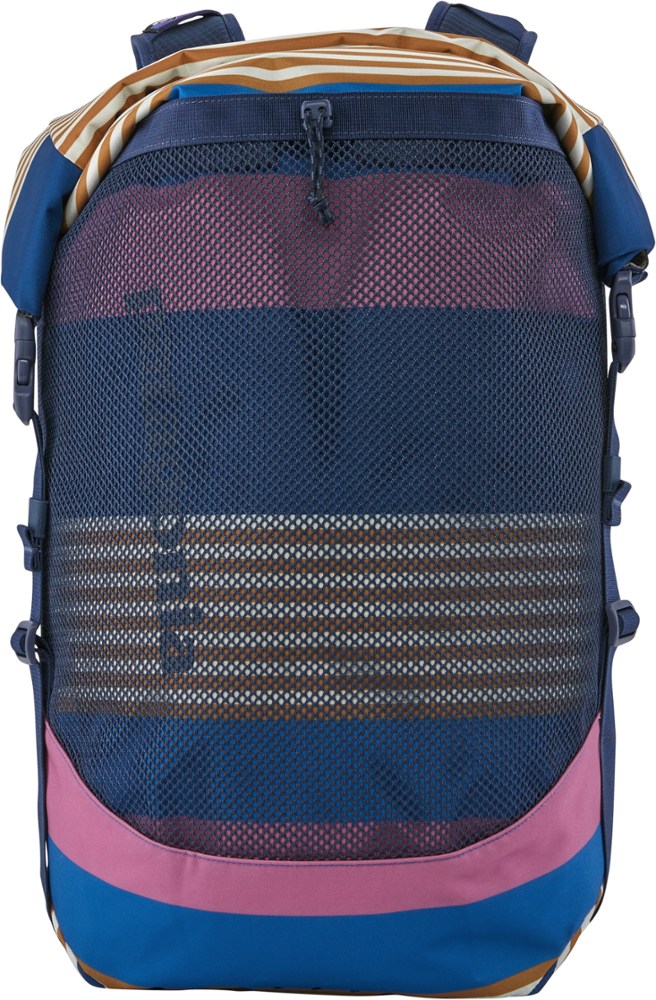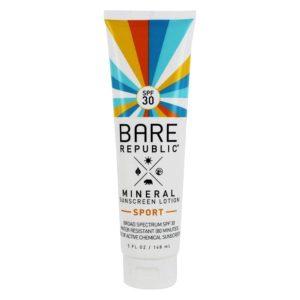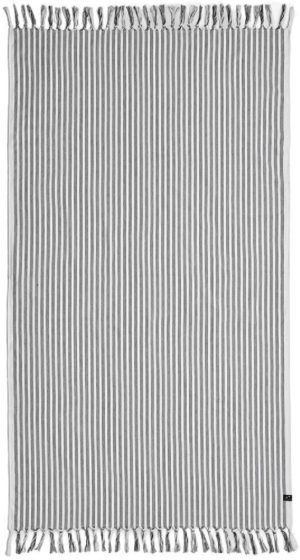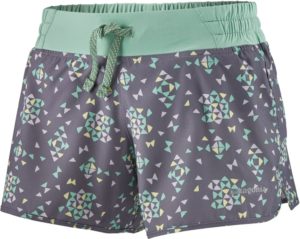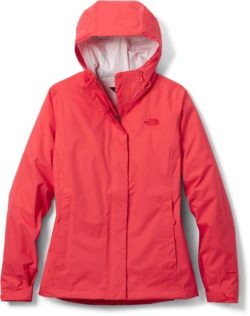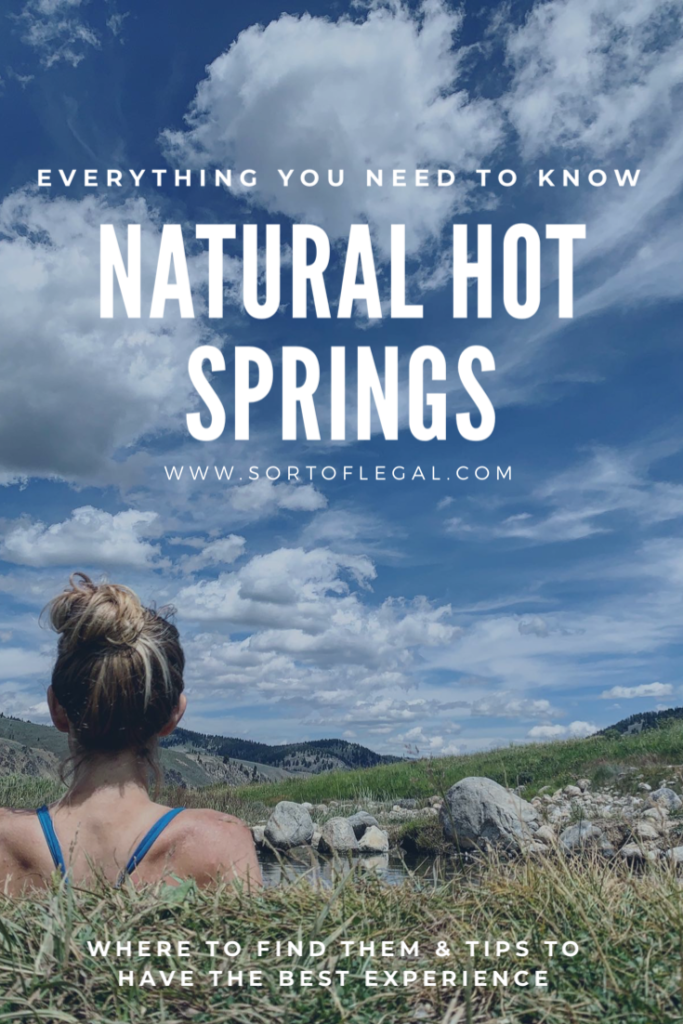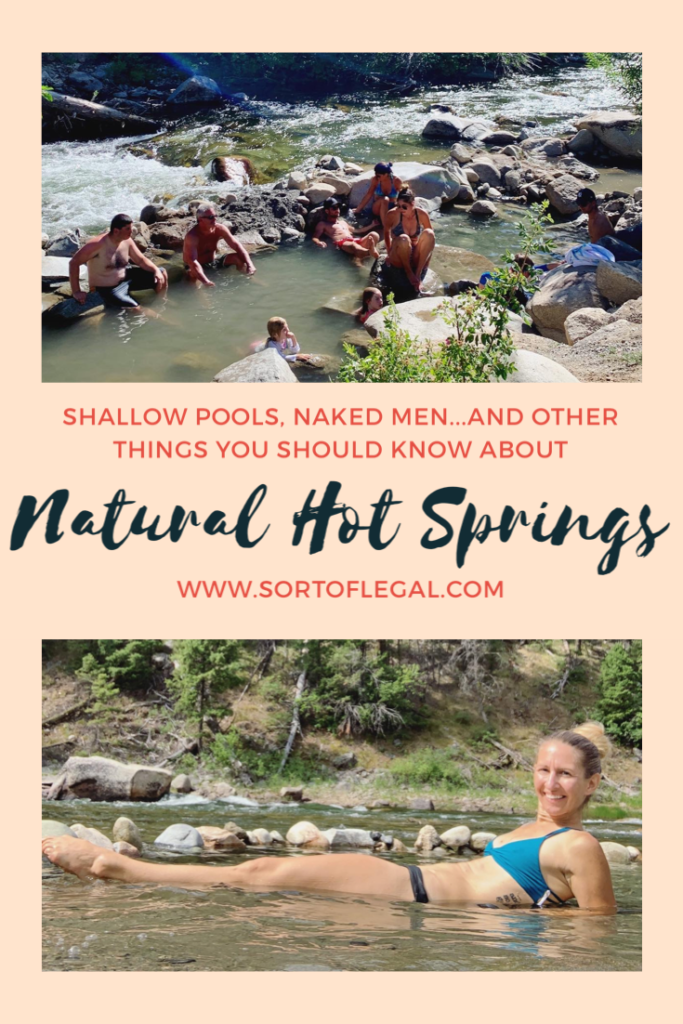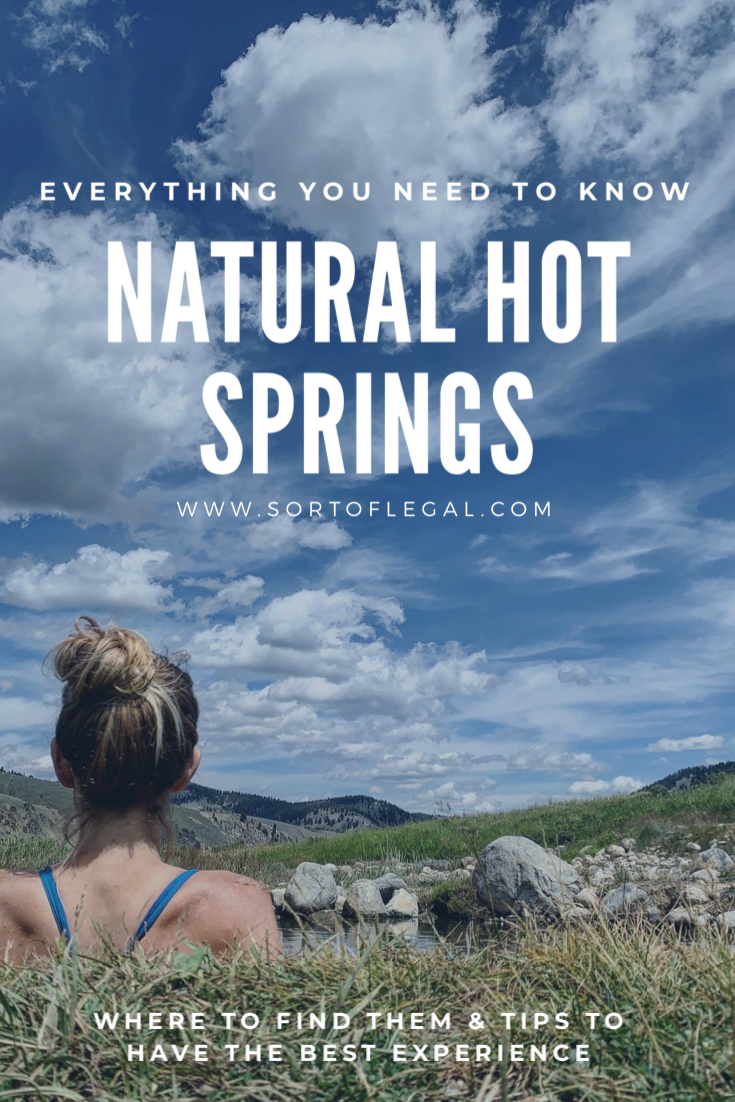
How to Find and Enjoy Natural Hot Springs
Last summer while solo “van-lifing” in my Honda CRV, I fell in love…with natural hot springs. The bliss of sitting in a hot spring with beautiful natural surroundings is hard to match.
But natural hot springs not always easy to find and there are some ummm “interesting” things about natural hot springs which could catch you off guard if you’re unprepared.
So, I’m spilling the beans on what I’ve learned in hopes of helping you have the type of epic hot spring experience that makes you want to center your next relocation around hot springs. 🙂
How to Find Natural Hot Springs
Hot Spring Hubs
If you’re looking for hot springs in the US, go west. Sure, there are some random hot springs sprinkled in other states, but the highest concentration of them are in the western united states:
The states with the most known hot springs in the United States are Washington, Oregon, Idaho, California, Wyoming, Montana, Utah, Colorado, Nevada, and Arizona. Check out this NOAA map of thermal springs. Of US states, Nevada has the most hot springs with more than 300.
Google Search
It may sound obvious but check Google for articles and blog posts in the region you’ll be visiting. For example, “best hot springs in Idaho,” or “Nevada wild natural hot springs,” are good queries. When reviewing results, don’t stop at the first page – you can sometimes find interesting hidden gems in articles written by local experts a few pages back.
Don’t stop at a Google word search though. Open up your Google Maps and search for hot springs. Google even has a little icon dedicated to them. (You can try it on Apple maps, but you’re less likely to meet success – and I am one of those weirdos that does use Apple maps)
Ask a Local…Nicely
A lot natural, free hot springs are known on a locals-only basis. Locals can be territorial over these types of things so be sure to establish a little rapport before asking. And if a local is cool enough to let you in on a secret spot, be cool and keep it a secret.
Books
Admittedly, there aren’t that many guidebooks dedicated to hot springs, but there are a few. The Falcon Guide Touring Hot Springs series has the most that I’ve found. The series has ten books, including the following, which you can click to view on Amazon:
- Touring Hot Springs Montana and Wyoming: The States’ Best Resorts and Rustic Soaks
- Touring California and Nevada Hot Springs
- Touring Hot Springs Washington and Oregon
Unexpected Things to Expect at Natural Hot Springs
Nudity
You haven’t lived until you’ve talked to a man >60 standing with his special parts at eye level. (True experience, though, nudity when it happens at hot springs, is not typically so umm…in your face.)
Hot springs, natural and established, can range from “nude to prude” in terms of what is accepted. Don’t be caught off my either.
Sulfur Smell
A fair number of hot springs smell…like sulfur and after you soak in them, you will too. (More detail: Why do some hot springs smell?) Oh, and if you don’t know what sulfur smells like, think: rotten egg.
It’s usually not a huge deal. You actually get used to the smell pretty quickly. Established hot springs will also generally have showers to rinse off in before and after. But if you’re camping or van-life-ing and soaking in a wild hot spring, plan to find a creek or lake to jump into after. Or embrace it, and enjoy the memory of the hot spring every time you get a whiff of yourself.
Sharing with Strangers
Many natural hot springs are small…like really small. Depending on when you go (see below), you may be sitting within an arm’s length, or less of a stranger. Depending on your location and luck, these strangers range in personality from your new BFF to fugitive vibe.
Varied Temperatures & Depths
Wild natural hot springs are not the same as hot tubs. The temperatures and depths can vary greatly. I’ve experienced my share of what I call “luke-warm” springs, and others that are a mere few inches deep. Riverside hot spring temperatures are especially volatile and can go from freezing cold to burn your bottom hot in just a few feet.
Tips for Visiting Natural Hot Springs
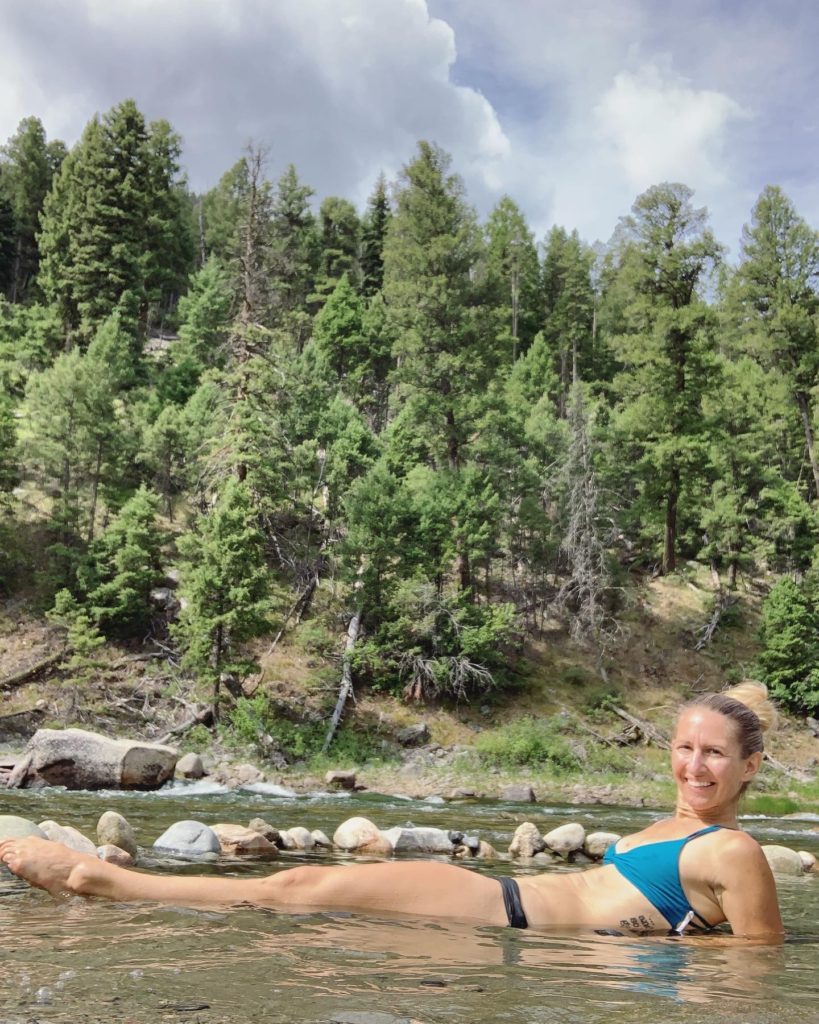
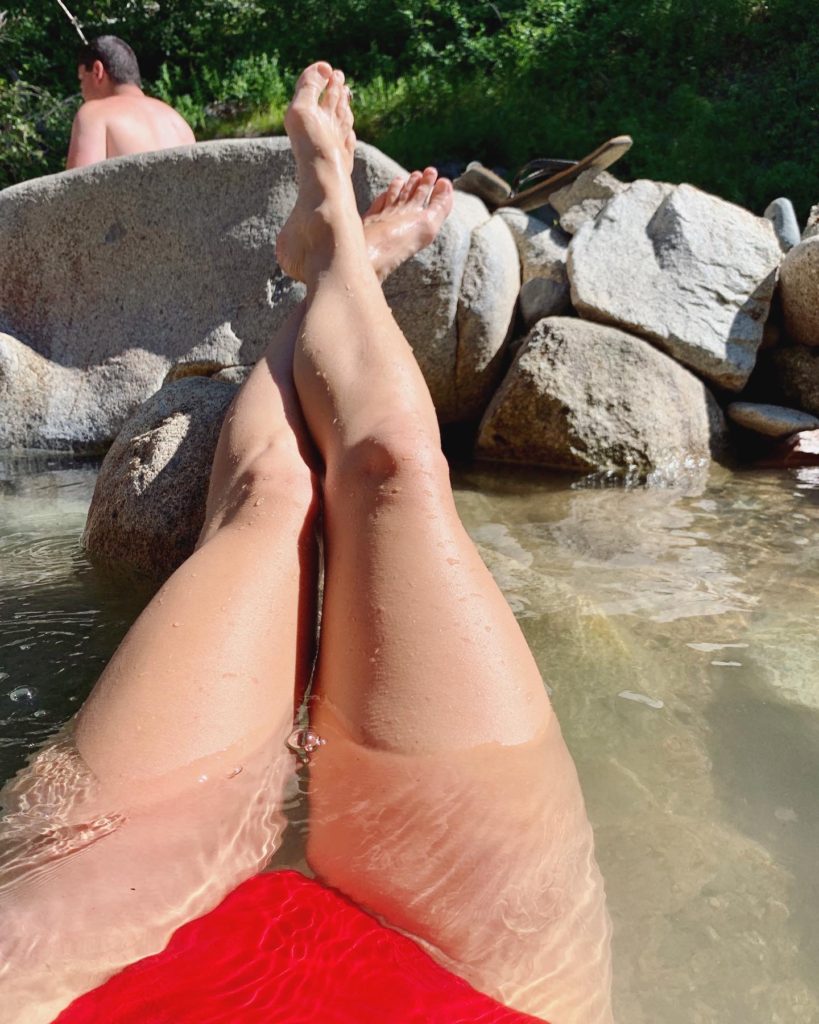
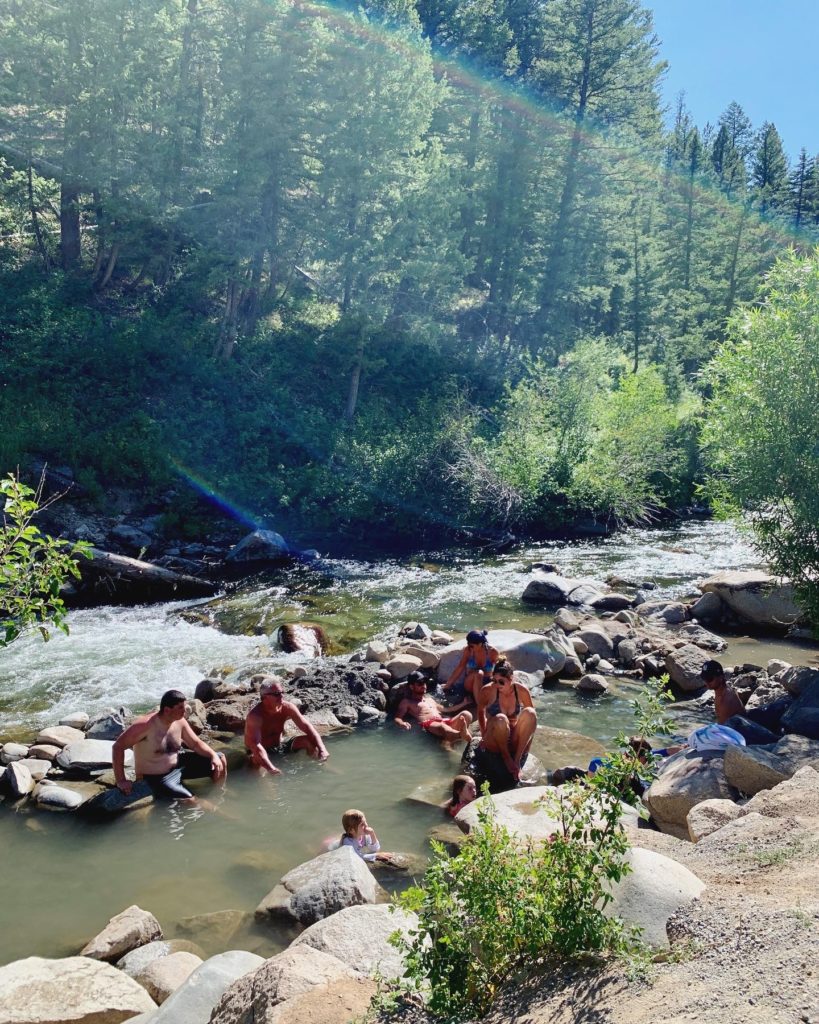
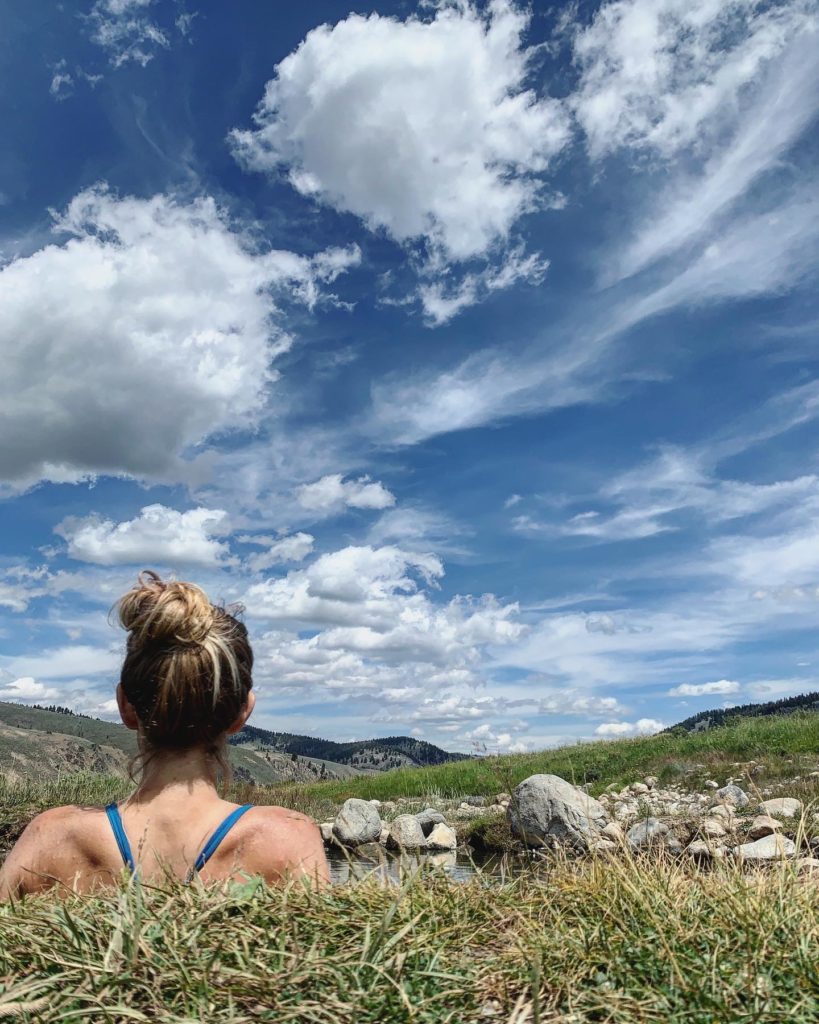
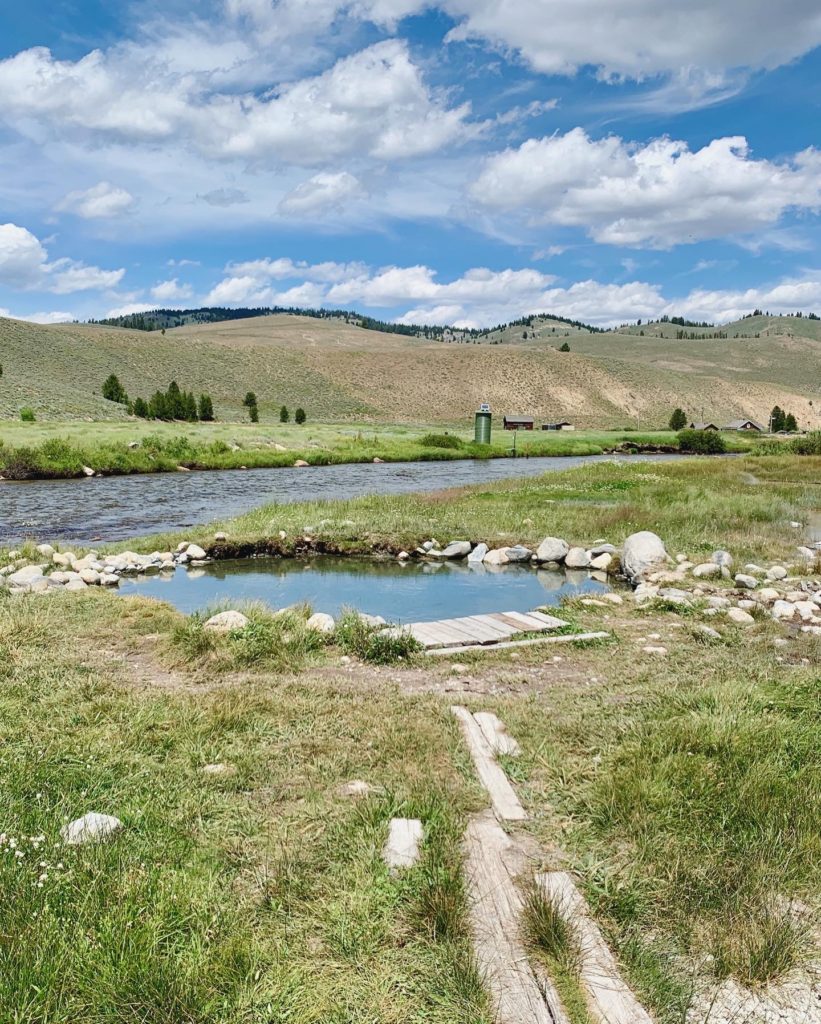
Know What You’re Visiting
The term “hot springs” is often used to refer to a variety of different things: hot spring pools that are fed by natural hot springs, outdoor out springs that are maintained by a business, and free hot spring pools out in the wild. There are pros and cons of each, but it’s a bummer to show up to a pool when you wanted to be in a fully natural spring and visa-versa.
Go at Off Times
Hot springs of all types can get busy. Go at off-times, like early morning or later at night to avoid crowds and have a more serene experience.
Free Isn’t Always Better
There’s a novelty in going to free hot springs in the wild – and there are some truly incredible ones. But sometimes paying a few dollars for entry is worth it to enjoy well-maintained natural pools, or even spring fed tubs (like the ones I enjoyed in Manitou Springs, Colorado).
Leave No Trace
“Take only photographs, leave only footprints,” is a common way of explaining the leave no trace philosophy. There are seven core leave no trace principles (read them here). Applied to hot springs, leave no trace means don’t shower in the hot spring, take all of your trash with you when you leave, and don’t camp
Bring a Change of Clothes
There are few things more luxurious than enjoying hot springs on a cool evening, but there are few things more hell-ish than getting out. Bringing an easy to change into dry & warm set of clothes helps. It’s useful in summer too as hiking back to your car or being in a wet bathing suit all day is not most people’s idea of a good time.
Gear Check: What to Bring to Natural Hot Springs
Don’t Forget to Pack
These are a few things you’ll want to bring on your hot springs adventure.
Bathing Suit (or birthday suit). You’ll want something to swim in…or not. Usually easier to change before you go or at the car.
Travel Towel. A towel designed for travel will be lighter, take up less room, and dry quicker than your thick beach towel.
Hiking Sandals. You may have to hike to get to the hot spring, and many have rocky bottoms. Protect your feet and avoid soggy sneakers by wearing hiking sandals, like Chacos.
Dry Change of Clothes. Hanging out in a bathing suit is uncomfortable, and in cooler areas and months cold. Plan to change as soon as you get out of the spring. In cooler areas or months, you’ll definitely want a jacket and some easy to pull-on pants (think: joggers instead of leggings)
Sunscreen. Always an essential when outdoors…yes, even if it’s cloudy.
Durable Backpack. To hold all your hot spring essentials, and maybe a snack or your beverage of choice.
